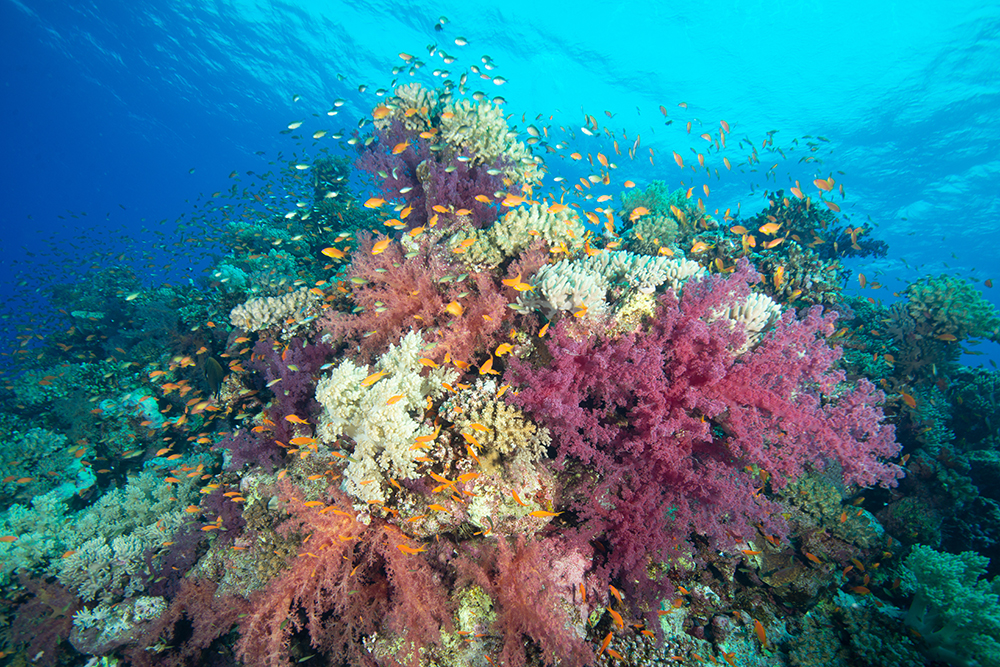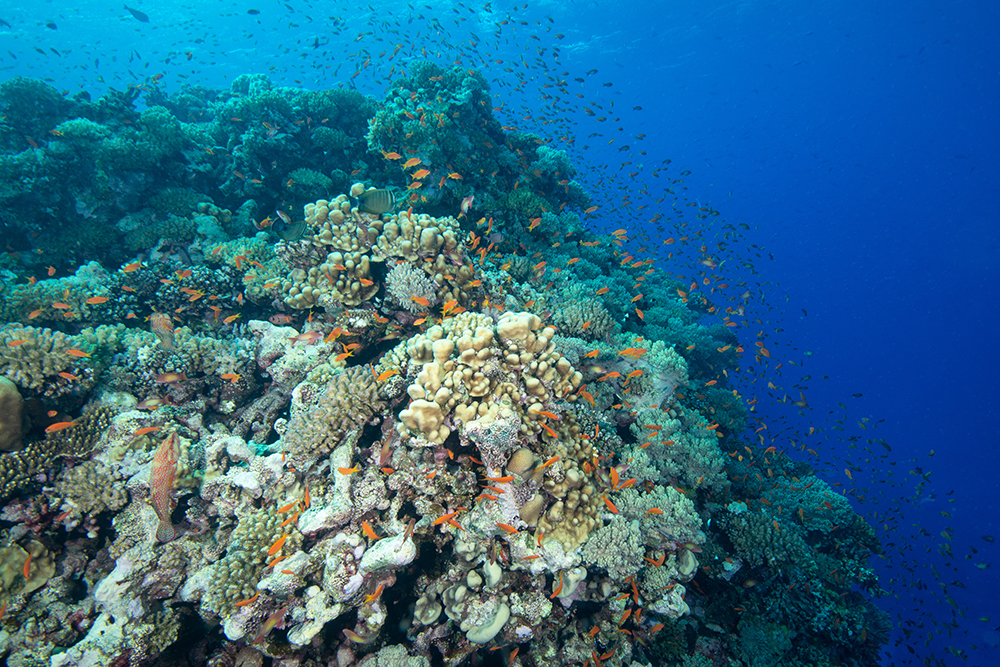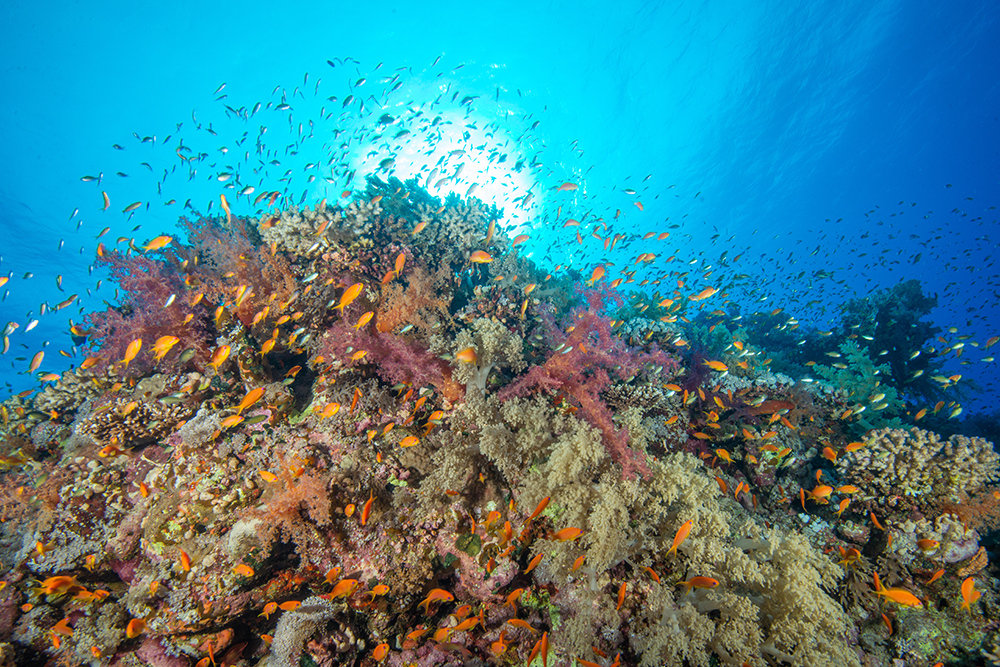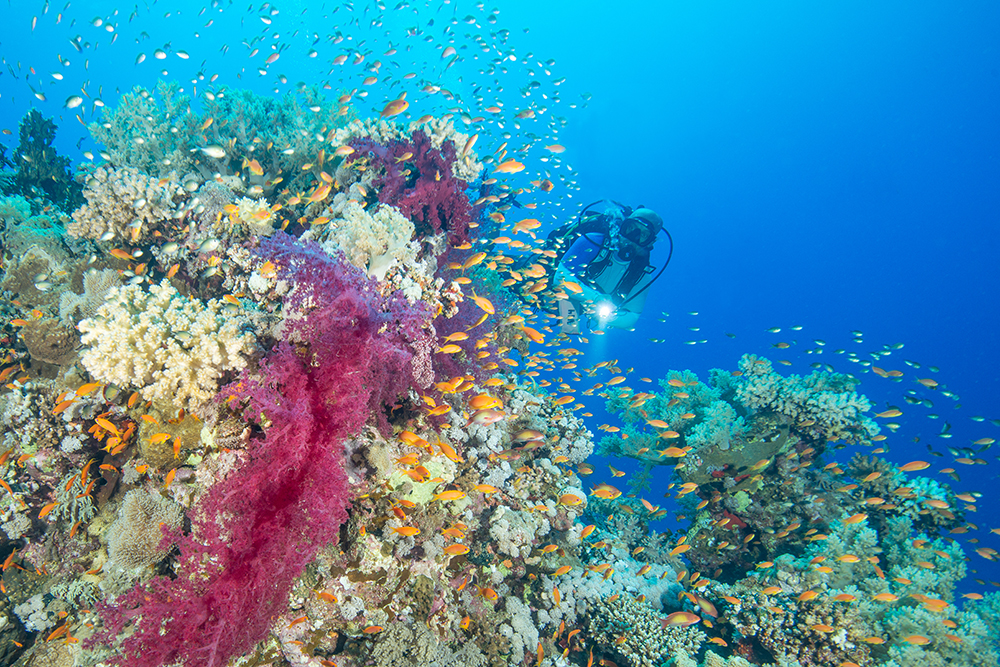[ad_1]

After a recent post about photographing soft corals and using images of a reef full of dendronephthya, I was left with a folder of images on my desktop that really make me itch to be back in the water. When this Coronavirus is over, I shall be on a plane pretty darn quick. Until then, I’ll have to satisfy myself with my images and videos.
Back to the subject though! This is a very rich and remarkably pretty Red Sea reef I found a few years back. With fairly strong currents, the reef has a good assortment of coral types including some lovely soft corals. My reef guide book says that these are Dendronephthya hemprichi and D. klunzingeri. To be honest, I have no idea if they can be told apart without a microscope, and they could be D. sinaiensis for all I know. I think ID may be based on size and shape of the sclerites which is not something I can do now or when I’m capturing the images. I am fairly sure the paler growths are Litophyton arboreum and Sinularia polydactyla.

As you can see, part of this reef formed as a distinct crest. This images shows some robust porites colonies taking the stress from the waves and of course, shoals of Pseudanthias squamipinnis, as you’d expect from this part of the world.

In this image, I used a trick I mentioned in my earlier post. I shot upwards to eliminate shadows and selected a high shutter speed and narrow aperture to reduce the amount of light from the surface that reaches the camera. This makes the sun more distinct and captures a deeper blue. My strobes take care of illuminating the foreground. Again, anthias are everywhere!

Normally, I don’t like to see people in an image but from time to time it can work and it’s something magazine editors often like. My subject had to fin quite hard into the current. You can see the anthias all oriented in one direction and staying close to the coral – a sure sign of water movement.
[ad_2]
Source link
